-
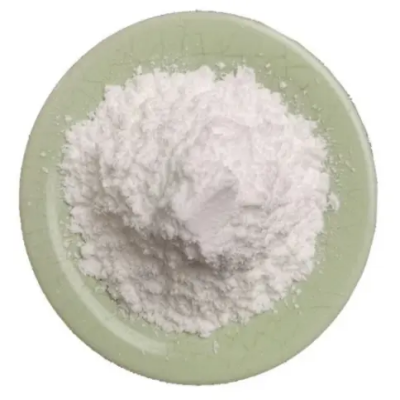
Methyl2-amino-4,5-dimethoxybenzoate CAS:26759-46-6
Methyl2-amino-4,5-dimethoxybenzoate is a chemical compound with the molecular formula C11H15NO4. It is a derivative of benzoate with amino and methoxy groups attached at the 2nd, 4th, and 5th positions. This compound is commonly used as an intermediate in organic synthesis due to its unique structure and reactivity.
-

2-Cyano-3-methylpyridine CAS:20970-75-6
2-Cyano-3-methylpyridine is an organic compound consisting of a pyridine ring substituted with a cyano group and a methyl group. The chemical formula is C7H6N2. It is a colorless liquid with an unpleasant odor. This dicyano aromatic compound is soluble in common organic solvents but insoluble in water. 2-Cyano-3-methylpyridine has diverse reactivity due to the electron-withdrawing cyano and electron-donating methyl substituents on the pyridine ring.
-
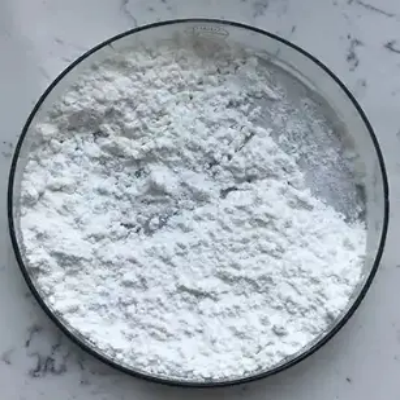
BenzyldodecyldimelhylammoniumBromide CAS:7281-04-1
Benzyldodecyldimethylammonium Bromide is a quaternary ammonium compound with the chemical formula C21H38BrN. It is commonly used as a disinfectant and antiseptic due to its antimicrobial properties. Benzyldodecyldimethylammonium Bromide is effective against a wide range of bacteria, viruses, and fungi, making it a versatile compound in various industries.
-

2-Amino-4,5-dimethoxybenzoicacid CAS:5653-40-7
2-Amino-4,5-dimethoxybenzoic acid is a chemical compound with the molecular formula C9H11NO4. It is a derivative of benzoic acid with an amino group and two methoxy groups attached at the 2nd, 4th, and 5th positions. This compound is commonly used as an intermediate in organic synthesis due to its unique structure and reactivity.
-
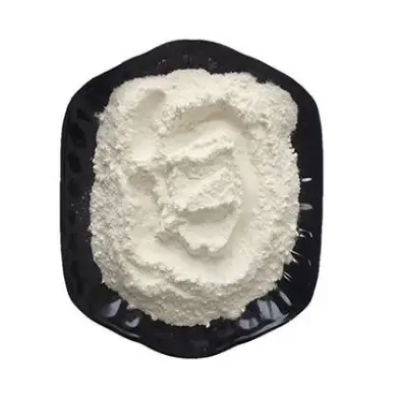
2,6-Di-tert-butylphenol CAS:128-39-2
2, 6-di-Tert-Butylphenol is an organic compound with the formula C14H22O. It is a tert-butylphenol derivative commonly used as an antioxidant and polymer inhibitor.
-

2,6-Dichloropyridine CAS:2402-78-0
2,6-Dichloropyridine is a chemical compound with the molecular formula C5H3Cl2N. It is a derivative of pyridine with chlorine atoms attached at the 2nd and 6th positions. 2,6-Dichloropyridine is a yellowish liquid with a pungent odor, commonly used as an intermediate in the synthesis of pharmaceuticals, agrochemicals, and dyes due to its versatile reactivity.
-
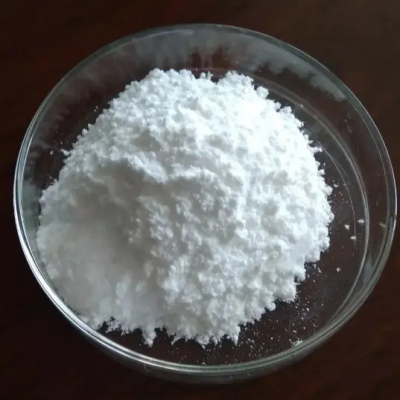
2,6-Dichloro-3-fluoroacetophenone CAS:290835-85-7
2,6-Dichloro-3-fluoroacetophenone is a chemical compound with the molecular formula C8H5Cl2FO. It is a derivative of acetophenone with chlorine and fluorine atoms attached at the 2nd, 6th, and 3rd positions. This compound is commonly used as an intermediate in organic synthesis due to its unique structure and reactivity.
-
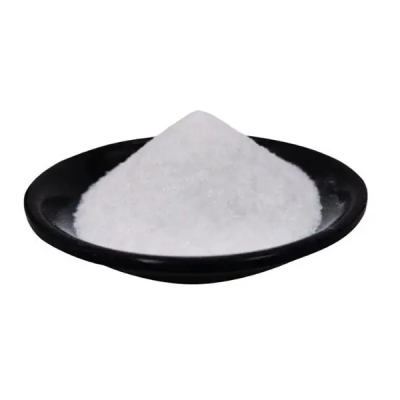
2,4-Di-tert-butylphenol CAS:96-76-4
2,4-Di-tert-butylphenol is an organic compound classified as a phenol derivative. The chemical formula is C14H22O. It is a white solid that is poorly soluble in water but highly soluble in organic solvents like ether and benzene. 2,4-Di-tert-butylphenol has two tert-butyl substituents at the 2- and 4- positions of a phenol ring structure. Its physical and chemical properties are similar to other alkylphenols due to the electron-donating methyl substituents on the phenol group.
-
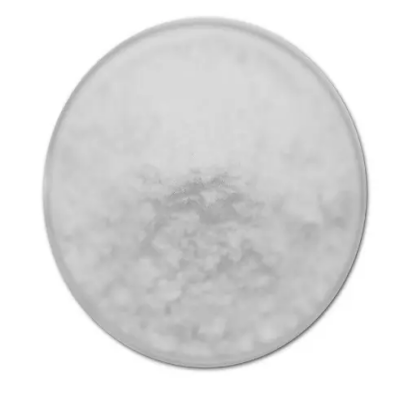
2,3:5,6-Di-O-isopropylidene-a-D-mannofuranose CAS:14131-84-1
2,3:5,6-Di-O-isopropylidene-α-D-mannofuranose is a furanose sugar derivative. It contains α-D-mannofuranose whose hydroxyl groups at positions 2, 3, 5 and 6 are protected as isopropylidene acetals. This renders the furanose ring rigid and prevents its interconversion to other hemiacetal forms. It is a colourless crystalline solid. As a protected furanose, it has important applications in organic synthesis.
-
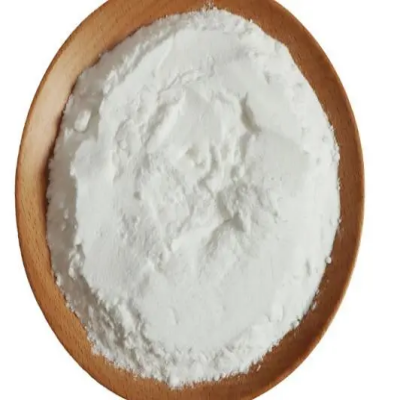
2-Chloro-5-trifluoromethylpyridine CAS:52334-81-3
2-Chloro-5-trifluoromethylpyridine is an organic compound with the formula C8H3CIF3N. It is a fluoropyridine derivative with strong electron attraction. It is often used in organic synthesis as an important intermediate for the preparation of drugs and pesticides.
-
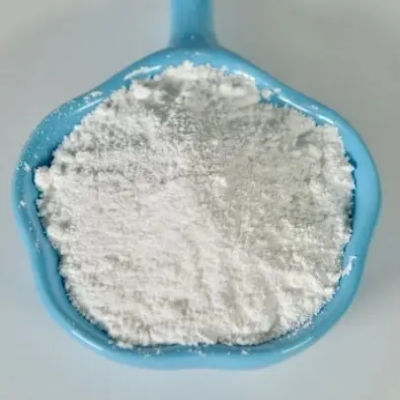
2(1H)-Quinolinone,4-(bromomethyl)- CAS:4876-10-2
4-(bromomethyl)-2(1H)-quinolinone is an organic compound consisting of a quinolinone core substituted with a bromomethyl group at the 4-position. The chemical formula is C9H6BrNO. It is a pale yellow crystalline solid. As an α-bromoketone, it features both electrophilic bromine and ketone functionalities which impart distinctive reactivity for nucleophilic substitution and addition reactions respectively.
-

2-Chloro-3′,4′-dihydroxyacetophenone CAS:99-40-1
2-Chloro-3′,4′-dihydroxyacetophenone is a chemical compound with the molecular formula C8H7ClO3. It is a derivative of acetophenone with chlorine and hydroxyl groups attached at the 2nd, 3rd, and 4th positions. This compound is commonly used as an intermediate in organic synthesis due to its unique structure and reactivity.

